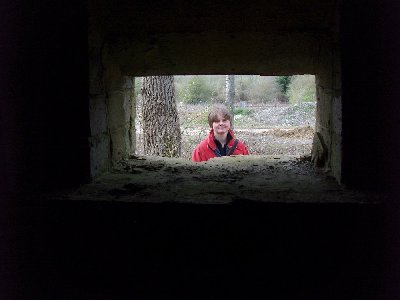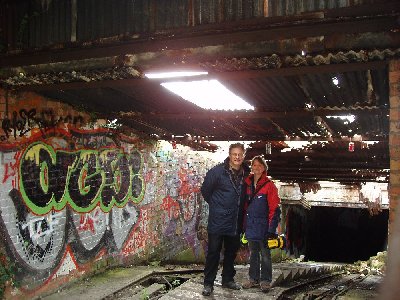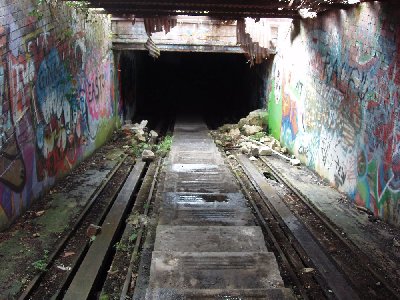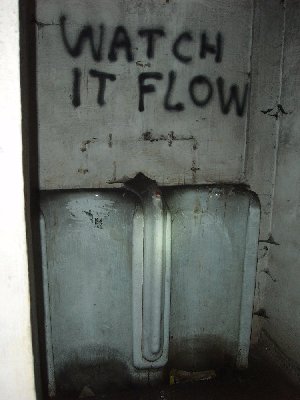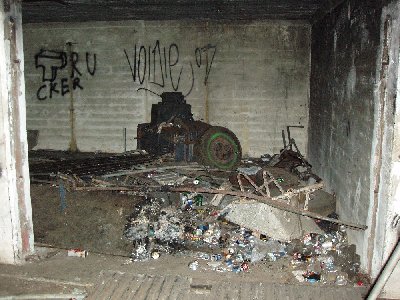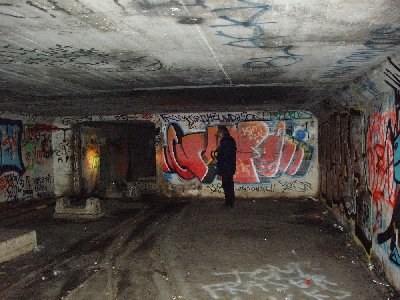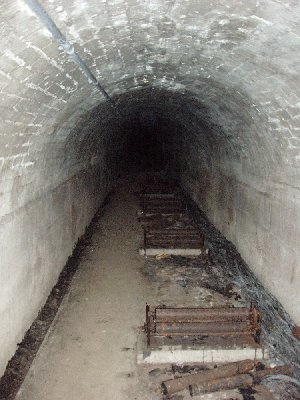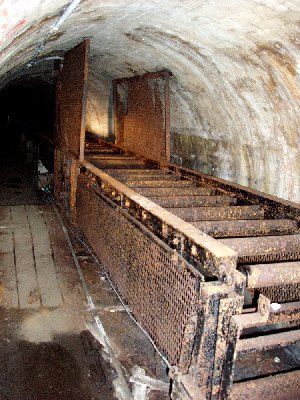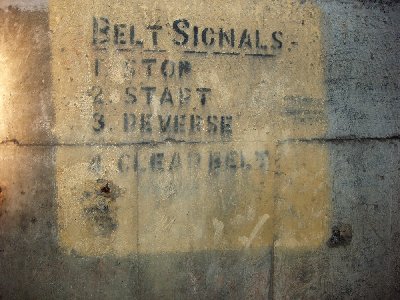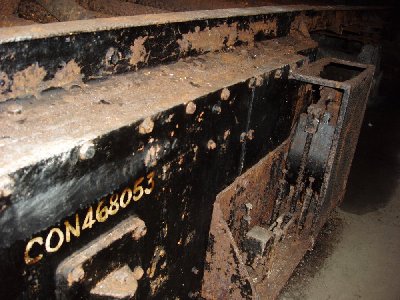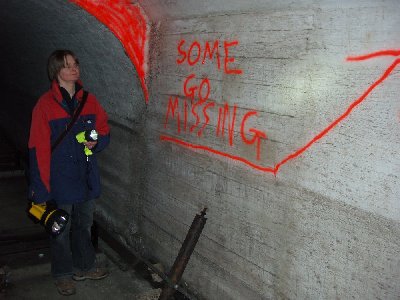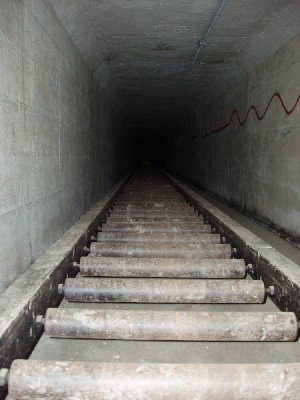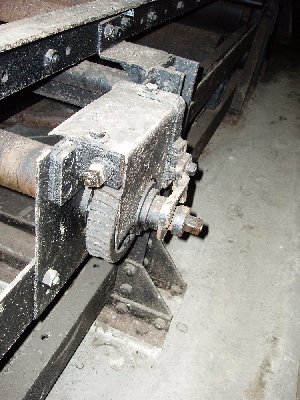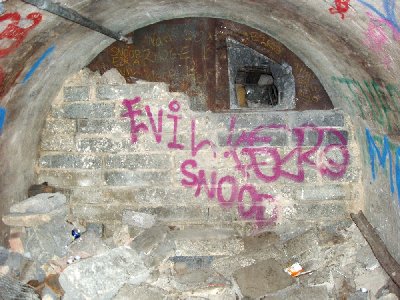|
Despite Louise Blériot flying across the English Channel on 25th. July 1909, the advent of powered flight, and particularly the aeroplane, was not taken very seriously by the British military establishment. However the not insignificant bombing of Great Britain during the Great War by Imperial Germany's enormous Zeppelin airships and their primitive Gotha bombers brought total war to the people and completely compromised our security from enemies previously isolated from us by the English Channel. Not very long after the war ended it was realised that there was a desperate need for secure, bomb proof storage areas for our ammunition stocks. In 1928 the War Office instigated a scheme to provide a modest six acre underground magazine which could safely store 12,000 tons of shells, bombs and assorted ammunition. The cost of construction would be £100,000.
Bath stone had been mined around Corsham for hundreds of years so it was decided to join up the many existing tunnels, reinforce them with concrete and lay internal tarmac roads. Vast heating and air conditioning plants were built and disguised wherever they broke the surface and a network of railway sidings and underground handling yards were created to facilitate fast throughput of the munitions. The facility was eventually sold off to a private concern and today it is still used for storage, albeit no longer ammunition. Although there were several entrances to the facility it is only possible to get down into one of the tunnels now via the sidings at Farleigh Down. This tunnel runs for 2,200 yards under the hill at a right angle to the underground handling yard, however it is comprehensively blocked where it reaches the first ammunition storage district proper. The sidings sit right alongside the main London to Bath railway and the A4 London Road, however it is very difficult to spot the tunnel entrance as all that remains above ground now is a rusty, iron roof and a solitary pillbox a couple of hundred yards away. In 2011 we finally found the entrance after perusing Google Earth for days on end, and very soon afterwards we had a wander around, something I have wanted to do for many a year! The following pictures will give you an idea of what it's like down there. Interestingly the quality of construction is so good that it is still remarkably dry for almost the entire length of the tunnel and throughout the handling yard.
To view any of the photographs in a bigger size please just click on the picture and it will open in another window.
|


